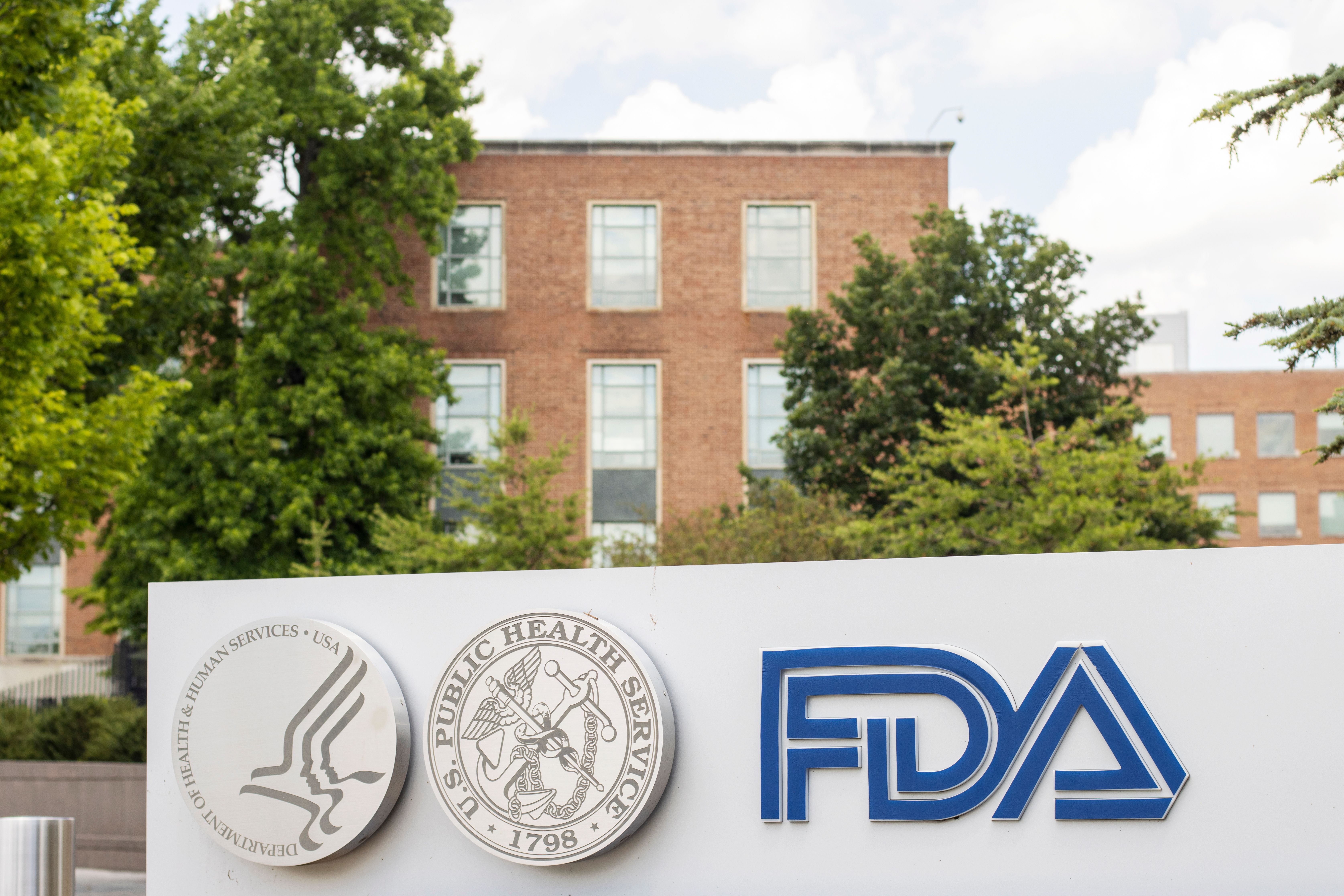- Acne
- Actinic Keratosis
- Aesthetics
- Alopecia
- Atopic Dermatitis
- Buy-and-Bill
- COVID-19
- Case-Based Roundtable
- Chronic Hand Eczema
- Chronic Spontaneous Urticaria
- Drug Watch
- Eczema
- General Dermatology
- Hidradenitis Suppurativa
- Melasma
- NP and PA
- Pediatric Dermatology
- Pigmentary Disorders
- Practice Management
- Precision Medicine and Biologics
- Prurigo Nodularis
- Psoriasis
- Psoriatic Arthritis
- Rare Disease
- Rosacea
- Skin Cancer
- Vitiligo
- Wound Care
Article
Anatomy of a malpractice suite
New Orleans — By understanding the elements of a malpractice suit, a physician can guard against malpractice and also be better prepared in the event of a suit, according to Donald L. Levin, M.D., a private practitioner in Liverpool, N.Y., and assistant professor of dermatology, University of Arkansas, Little Rock, Ark.
New Orleans - By understanding the elements of a malpractice suit, a physician can guard against malpractice and also be better prepared in the event of a suit, according to Donald L. Levin, M.D., a private practitioner in Liverpool, N.Y., and assistant professor of dermatology, University of Arkansas, Little Rock, Ark.

Elements of malpractice "There are four elements necessary for a patient to successfully pursue a malpractice suit," Dr. Levin explains.

"Damages occurred" is usually defined as the estimated monetary equivalent to compensate the injured person for the loss or injury sustained.
"For the patient to prevail in a medical malpractice case, all the above elements must be proven," he explains.
Records Patient medical records are of critical importance from the start of the patient's case, according to Dr. Levin.
"They should be clear and precise," he says. "Physicians should not alter the medical records at any time."
Dr. Levin emphasizes that information that wasn't in the medical record should not be added, and nothing should be removed from the records.
This is why careful documentation is vital from the very beginning, he adds.
Risk "The greatest malpractice risk for a dermatologist is always in flux," explains Dr. Levin. "The failure to diagnose melanoma is a big malpractice risk."
One of the warning signs of malpractice risk can be specific communication from the patient, the family or even an attorney.
Dr. Levin notes that in terms of preventing a malpractice suit, physicians should try to be helpful, supportive and compassionate. Good communication is also important. He also notes that physicians want to be honest with patients about the procedure they are to undergo.
"The dermatologist must present realistic healing expectations to the patient," he says, adding that physicians should be careful not to over-promise what can be delivered.
Defense The physician's medical liability insurance carrier generally will assign an attorney in the event of a malpractice suit. If preferred, the physician will choose his or her own legal assistance.
Surgeons who have set customs and procedures for their office can then refer to these procedure patterns if need be.
"It is important for a physician to know the procedures of the office so they can explain the set procedures for whatever is being discussed."
Newsletter
Like what you’re reading? Subscribe to Dermatology Times for weekly updates on therapies, innovations, and real-world practice tips.











